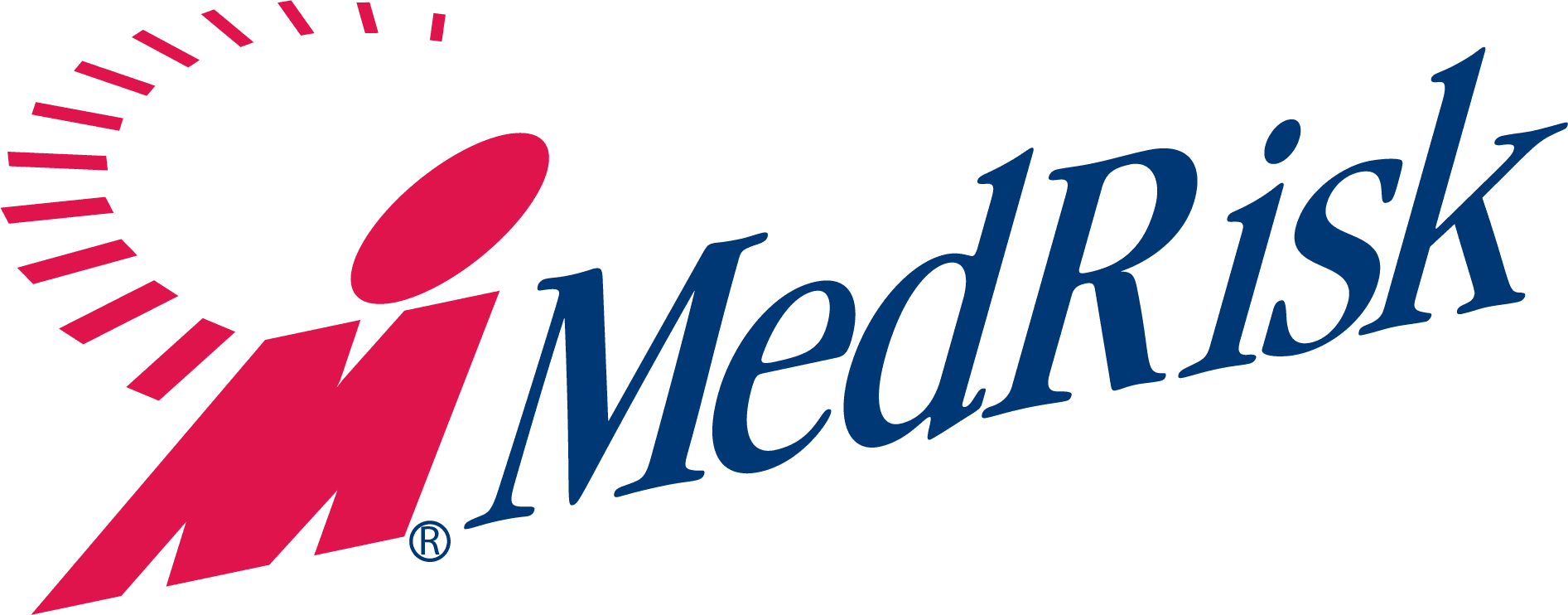Research Emphasizes Benefits of Patient Education
Knowledge is power – a point especially true for injured workers undergoing rehabilitation. Feeling comfortable and in control—or not—has a significant impact on treatment outcomes.
Two recent studies found a positive relationship between education and patient results—validating the importance of patient education in driving positive outcomes, efficient return to work and overall cost savings. However, understanding what effective patient education looks like and actually implementing it aren’t as widely reflected in industry policies and procedures as they could and should be.
Reducing Outliers, Speeding Recovery, Lowering Costs
Last year, Ohio researchers reported on the positive effects the educational aspect of preoperative physical therapy had on knee and hip replacement outcomes.[i] This year, Gallup researchers saw a similar trend when they looked at how pre-surgery education affected post-surgery results as measured by patient satisfaction, problem incidence and quality of life.[ii]
When you look at the actual numbers, it is clear that patient education can have far-reaching effects on patients’ lives and on carriers and carrier personnel burdened with delayed recovery cases and ever-increasing costs.
The Ohio researchers found just one to two physical therapy sessions in advance of surgery resulted in an estimated 29% reduction in postoperative care.[iii] Contrary to assumptions, it wasn’t so much the physical strengthening or range of motion benefits that drove the change, as that would have required multiple intensive sessions. Rather, the origin of the improvements was the fact that patients were receiving quality and knowledgeable instruction on what to expect from the procedure and recovery process in advance, improving patient satisfaction overall.
According to the Gallup research, patients that felt they were well educated in advance of their procedures—knew what to expect, were prepared for and followed post-procedure instructions—were 33 percent more satisfied with the results, experienced 19 percent fewer problems and reported a much higher level of contentment[iv]. They also had fewer readmissions indicating faster, smoother recoveries, and a potentially lower overall cost-per-patient.
What Does Effective Patient Education Look Like?
“Quality” patient education is a vague target—too subjective to drive real change. So what exactly does an effective patient education program look like?
Researchers posit that managing patients’ expectations in advance is key to improving their level of satisfaction with the results of their procedures, as well as the physical and emotional outcomes. A positive educational experience can even have beneficial effects beyond the procedures themselves, increasing patients’ feeling of personal well-being.[v] For delayed recovery cases, where the psychosocial and emotional barriers can be just as important to address as the physical, patient education has the potential to speed long-stalled recoveries.
At MedRisk, we’ve seen this research born out again and again. Patient education is of paramount importance to improving outcomes, and that’s why we believe that a patient-centric approach is a critical component of a successful managed care program. It not only improves the quality of patient care – it encourages compliance with treatment strategies, reduces the workload for busy adjusters and case managers and helps remove psycho social barriers to recovery. It’s why our managed physical medicine program includes one-on-one concierge service and patient education in advance of treatment.
The healthcare industry in general, however, has not yet realized much less adopted this revolutionary method to sustaining improved outcomes. For example, only 37% of respondents in the Gallup study felt they received enough information on the important aspects of upcoming procedures.
How can MedRisk help? By providing a comprehensive and managed approach to repair and rehabilitation involving clinical oversight, tailored communication, a superior educational component, integrated services and a continuum of care that ensures patients feel confident, comfortable and empowered.
The more the medical and insurance communities can incorporate higher levels of communication and education into their engagements with patients, the better the outcomes will be for not only the patients themselves, but the industry as a whole.
[i] http://www.apta.org/PTinMotion/News/2014/10/2/PreOperativePT/
[ii] http://www.gallup.com/businessjournal/183317/benefits-pre-surgery-education.aspx
[iii] http://www.apta.org/PTinMotion/News/2014/10/2/PreOperativePT/
[iv] http://www.gallup.com/businessjournal/183317/benefits-pre-surgery-education.aspx
[v] http://www.gallup.com/businessjournal/183317/benefits-pre-surgery-education.aspx




